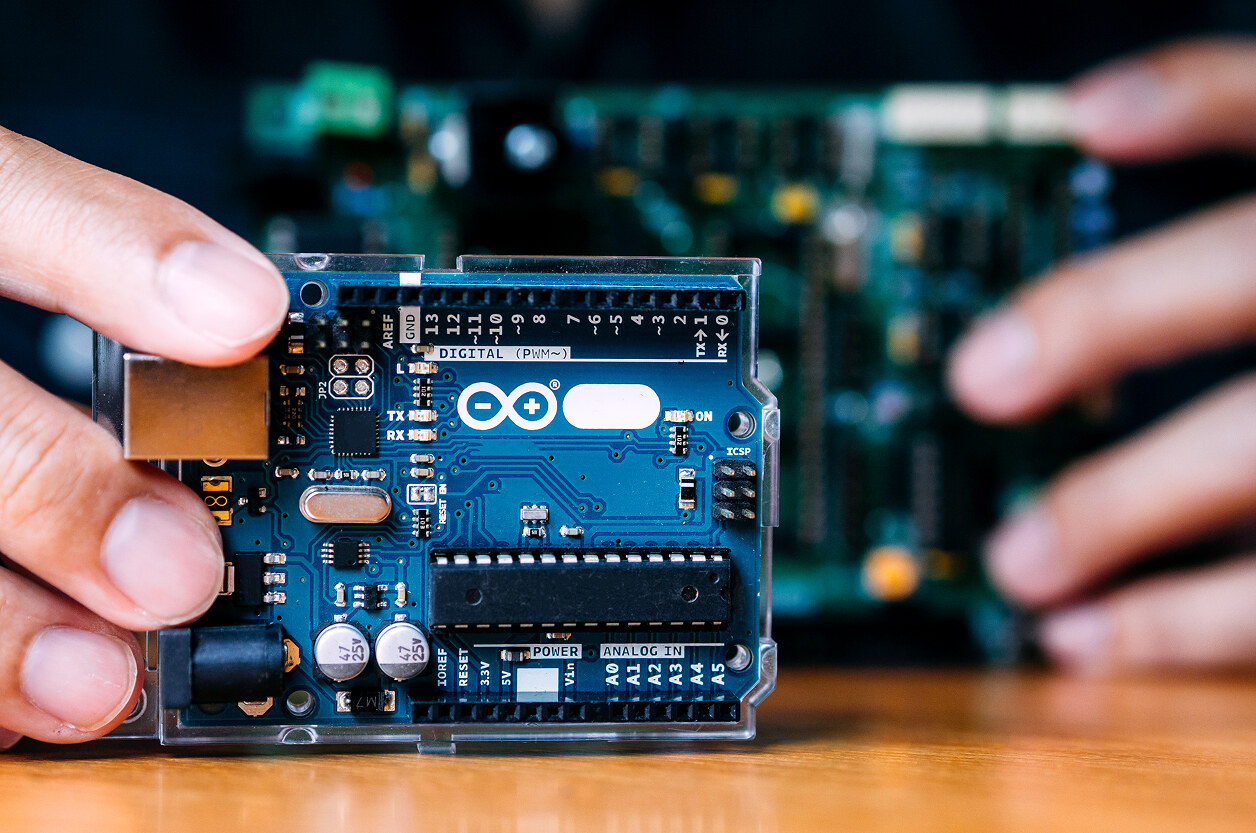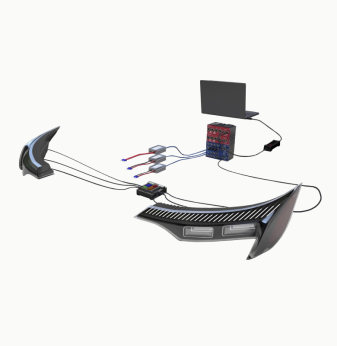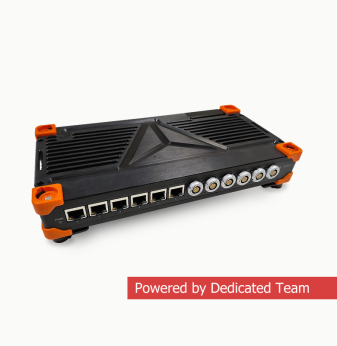How Zero-Trust Architectures Are Shaping Embedded Systems Security

Embedded systems today face an unprecedented security landscape. With millions of interconnected devices powering everything from industrial controllers and automotive ECUs to smart cameras and medical equipment, the attack surface has grown enormously. The traditional “secure perimeter” model is no longer sufficient. This is where zero-trust architectures (ZTA) come into play.
Zero-trust is not a single product or feature — it’s a comprehensive security mindset: never trust, always verify. Every device, transaction, and data flow must be authenticated and continuously assessed, even if originating from within the same network.
In this article, we dive into what zero-trust means for embedded systems, the unique challenges it presents, and practical engineering solutions to build more resilient devices.
Why Zero-Trust Matters for Embedded and IoT Devices
Embedded systems are particularly vulnerable:
- They often run unattended in remote locations.
- They may lack physical protections (e.g., a smart meter on a street pole).
- Many rely on outdated firmware that doesn’t support modern encryption or secure boot.
- Attackers increasingly target them for lateral movement into enterprise networks.
Zero-trust architectures shift security from a “hard shell, soft center” approach to continuous verification, micro-segmentation, and least-privilege access. For embedded, this means embedding authentication, encryption, and runtime integrity checks deep into the firmware and hardware stack.
Core Principles of Zero-Trust Applied to Embedded Systems
1. Strong Identity for Every Device and Component
Each device must have a unique cryptographic identity. This might be implemented through:
- TPMs (Trusted Platform Modules) or secure elements that store private keys.
- X.509 certificates for mutual authentication with backend servers.
- PUFs (Physically Unclonable Functions) to derive unique, tamper-resistant device fingerprints.
2. Encrypted and Authenticated Communication
Data in transit must always be encrypted, whether over Wi-Fi, cellular, CAN, or RS-485.
- TLS 1.3 or DTLS for IP-based protocols.
- Secure fieldbus implementations for industrial buses (e.g., secure PROFINET, EtherCAT over VPN).
- Use of MACsec for Ethernet segments.
3. Micro-Segmentation and Least Privilege
Even within an embedded system, critical modules should communicate over secure, authenticated channels, limiting what any component can do or access.
- Isolate sensor data paths from control loops.
- Use hardware firewalls inside SoCs (common in STM32 TrustZone, NXP i.MX with HSE).
4. Continuous Verification and Runtime Integrity
Devices should constantly check that firmware hasn’t been tampered with and that runtime behavior matches expected profiles.
- Integrity monitoring via secure hash checks.
- Behavioral anomaly detection using lightweight ML models at the edge.
Long-Tail Questions and Engineering Answers
What is zero-trust in the context of embedded systems?
It means every transaction, internal or external, must be verified — with no assumptions of implicit trust even on “secure” internal networks. Embedded devices authenticate themselves cryptographically, enforce least-privilege operation, and maintain encrypted communications.
How does zero-trust improve industrial device security?
In industrial environments (oil & gas, manufacturing, utilities), zero-trust prevents attackers from using compromised sensors or PLCs to move laterally. Each device must re-authenticate, and network segments are isolated by software-defined boundaries.
Can small MCUs implement zero-trust concepts?
Yes, through lightweight cryptographic libraries, secure bootloaders, unique certificates stored in secure elements, and enforcing strict state machines to limit function calls.
Implementing Zero-Trust in Embedded Firmware
Secure Boot and Chain of Trust
Zero-trust starts at power-on. Secure boot ensures only verified, signed firmware is loaded.
- STM32, NXP, and Renesas platforms support cryptographic signature checks at boot.
- Each stage verifies the next, from ROM loader to application.
Runtime Attestation
Beyond boot, devices should prove they’re still running trusted code.
- Remote attestation protocols (like Intel SGX for embedded Linux or ARM PSA attestation on Cortex-M).
- Periodic cryptographic proofs sent to a management server.
Fine-Grained Role Enforcement
Implement least-privilege at the firmware level:
- Limit API calls by state (e.g., OTA updates allowed only in maintenance mode).
- Use secure firmware partitions for privileged tasks (TrustZone, PMP on RISC-V).
Zero-Trust Networking for Embedded Systems
Mutually Authenticated Sessions
Each device must prove its identity. Backend servers likewise prove they’re legitimate.
- X.509 or ECC certificates issued by a dedicated PKI.
- Mutual TLS (mTLS) connections with regular key rotation.
Encrypted Inter-Module Communication
Even internal buses can be encrypted. FPGA-to-CPU or sensor-to-MCU communications often use plain SPI or UART, which attackers could probe.
- Secure SPI overlays (with AES-CMAC or GCM).
- CANsec for encrypted CAN traffic in automotive.
Anomaly-Based Intrusion Detection
Devices can run simplified anomaly detection models:
- Monitor timing of function calls, sensor ranges, communication patterns.
- Edge-based ML models trained on normal behavior to detect deviations.
Hardware Security Anchors: Enforcing Zero-Trust
Secure Elements and TPMs
Chips like NXP A71CH, Microchip ATECC608, or Infineon OPTIGA store private keys and perform crypto operations in hardware, preventing key extraction even if the main MCU is compromised.
Physically Unclonable Functions (PUFs)
PUFs use microscopic manufacturing variations to generate device-unique keys, without storing secrets in non-volatile memory.
Embedded TrustZone and PMP
ARM TrustZone or RISC-V PMP (Physical Memory Protection) regions isolate secure tasks from general application code.

Zero-Trust in OTA and Lifecycle Management
Secure OTA Updates
Enforce signed update packages with rollback protection.
- Encrypt update payloads end-to-end.
Remote Attestation and Revocation
Periodic proofs that devices are still running trusted firmware.
Ability to remotely revoke compromised devices via certificate blacklists.
Conclusion: Zero-Trust Is the Future for Embedded Security
Zero-trust changes how we build embedded systems from the ground up. No more relying on perimeter firewalls or “trusted” internal networks. Each device, firmware module, and communication link is treated as potentially compromised until proven otherwise.
For embedded product teams, this means:
- Selecting hardware with secure boot and crypto accelerators.
- Designing firmware with least-privilege and encrypted internal channels.
- Managing device identities and certificates throughout their lifecycle.
At Promwad, we help companies design secure embedded platforms — from cryptographic bootloaders to FPGA-based protocol isolation. If you’re building a product that must withstand modern cyber threats, let’s discuss how zero-trust can transform your device security.
Our Case Studies












